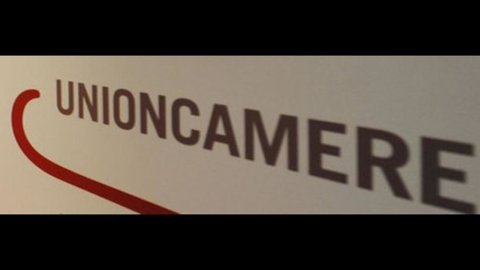A light at the end of the tunnel. It is the one that is starting to glimpse Italian manufacturing, whose companies - while they expect further consolidation of the already positive results of sales abroad for the final quarter of the year - are beginning to perceive some changes also on the order front for the market internal. Nonetheless, the differences between small-sized enterprises, especially artisans, and the larger ones remain profound: for the former, the signs of a trend reversal are decidedly less clear-cut. The difficulties have not yet passed, even for commercial companies and, among services, for tourism.
These are the main results of theshort-term survey on manufacturing, trade and service companies made by the Study Center of Unioncamere with reference to the performance of the third quarter and the forecasts for the fourth quarter of 2013, commented with cautious optimism by the chairman Ferruccio Dardanello: “We are beginning to perceive the first signs of a trend reversal in our companies. If the measures now under discussion succeed in instilling some confidence in families, it could also happen that this Christmas, although certainly still cautious, will not be marked by austerity like the previous one”.
As far as manufacturing is concerned, in the declarations of companies regarding the orders expected in the fourth quarter of 2013, we continue to find traces of the gap that accompanies the trends in the manufacturing industry from 2010 onwards. In fact, expectations regarding orders from the domestic market remain negative (-9,4 points the difference between optimists and pessimists), while those reflecting the expected contribution from foreign demand are firmly in the positive zone (+19,2 the balance). The common trait is however a decided improvement of the sentiment of businesses compared to a year ago, when forecasts for the final part of the year showed more marked pessimism on all fronts.
This recovery trend is also shown in the third quarter: production and turnover continue to decrease on a trend basis (-1,9 and -1,3% respectively), but the reductions are halved compared to the second quarter of the year. Only the chemical industries report production levels recovering (+0,8%), while mechanics, electronics and metallurgy reduce production but less intensely than the average. The most penalized is the wood-furniture sector (-3,6%).
Statements from retail and other services firms show a reduction in activity of 1,3% and 0,2% respectively, although there is widespread easing of pessimism in almost all sectors, including tourism- catering.
In the third quarter, despite a visible slowdown in the decline, sales in the retail trade are still far from returning to positive territory: the tendential loss in the third quarter stands at -5,6% (it was equal to -7,6% in second quarter). None of the three main segments of the sector escapes the negative trend, but the distance between large-scale distribution (-1,5%) and retailers no food (-6,4%) is quite marked;





